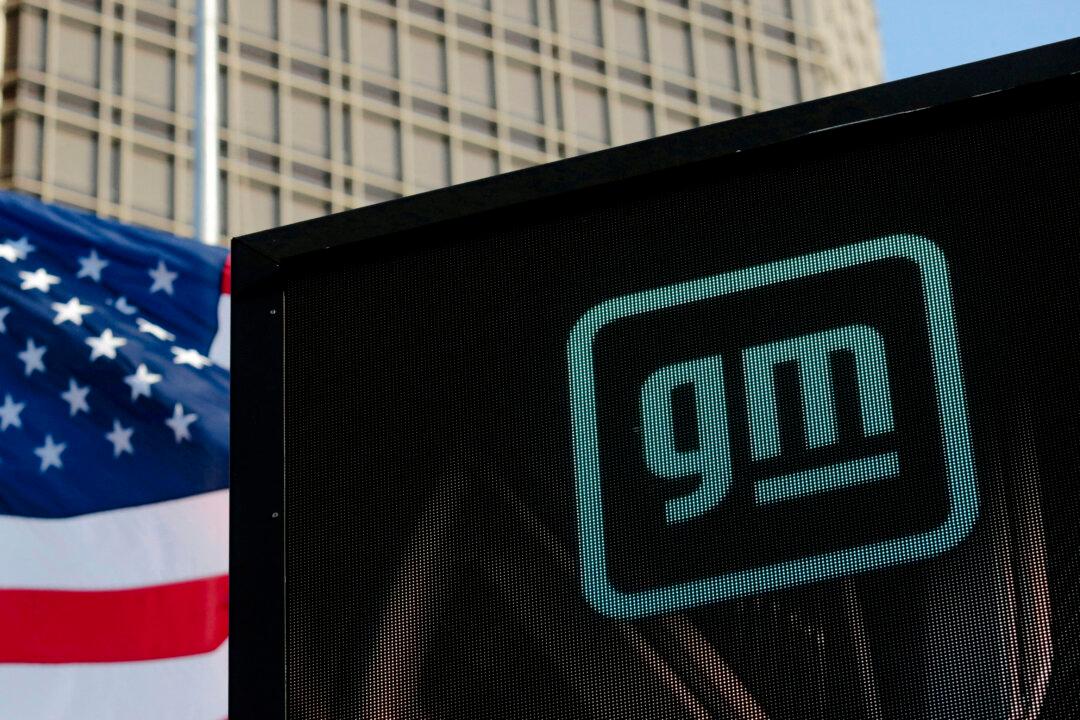The San Gabriel Mountains National Monument in Southern California, located about 60 miles northeast from Los Angeles, was placed on Fodor’s “no go” list earlier this month, due to it being covered in trash and tagged with graffiti.
The site was designated to the National Forest Service by President Barack Obama in 2014 and is operated by the U.S. Forest Service. Land from the Angeles National Forest and the San Bernardino National Forest make up the nearly 350,000-acre monument.





